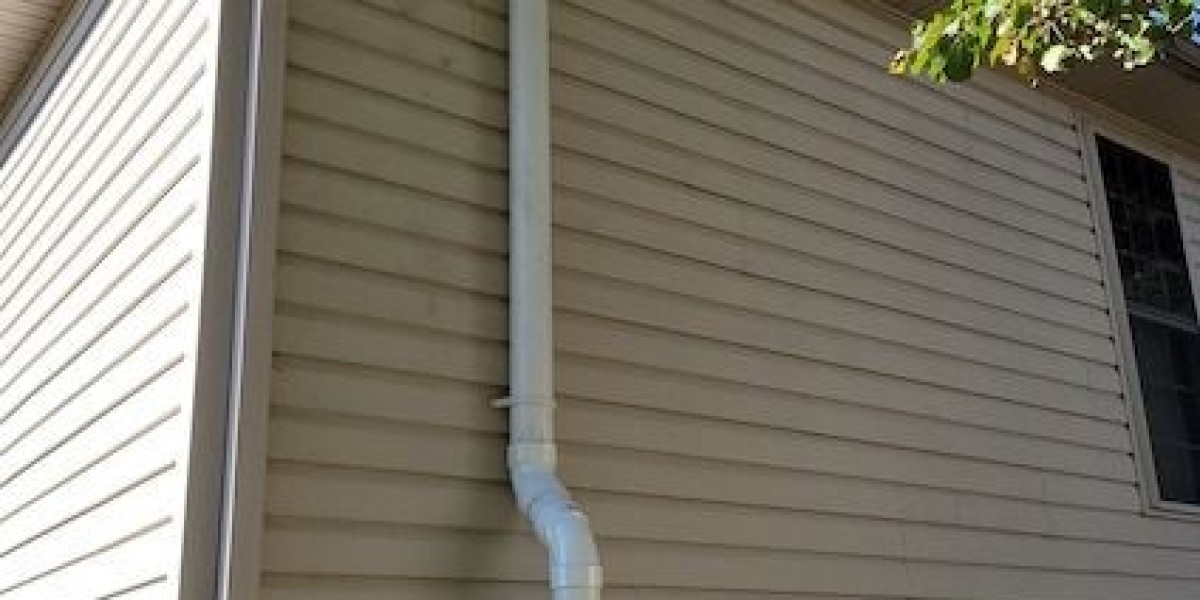Radon is a silent, invisible threat that can seep into your home without warning, posing serious health risks to your family. Radon mitigation professionals play a crucial role in safeguarding your home and health from this radioactive gas. In this comprehensive guide, we'll explore what radon is, how it enters your home, the health risks associated with it, and the essential role of radon mitigation professionals in protecting your family. By the end of this article, you'll have a clear understanding of why hiring a radon mitigation professional is a wise investment in your family's well-being.
What is Radon?
Radon is a radioactive gas that forms naturally when uranium, thorium, or radium breaks down in rocks, soil, and water. It is colorless, tasteless, and odorless, making it impossible to detect without specialized equipment. When radon gas escapes from the ground into the air, it can accumulate in buildings, particularly in lower areas like basements and crawl spaces.
How Radon Enters Your Home
Understanding how radon enters your home is crucial in addressing this issue effectively. Radon typically seeps into homes through:
- Cracks in floors and walls: Even small cracks in your foundation can provide entry points for radon gas.
- Construction joints: Gaps where different parts of your home meet, such as between the floor and walls, can allow radon to enter.
- Gaps around service pipes: Openings around pipes and cables that enter your home can be pathways for radon.
- Crawl spaces: Homes with crawl spaces can be more susceptible to radon infiltration.
Health Risks of Radon Exposure
The health risks associated with radon exposure are significant and well-documented. Radon is the second leading cause of lung cancer, after smoking. Prolonged exposure to high levels of radon gas increases the risk of developing lung cancer. The risk is particularly high for smokers, as the combined effects of smoking and radon exposure are synergistic.
Importance of Radon Testing
Given the serious health risks, regular radon testing is essential for every homeowner. Testing is the only way to determine the radon levels in your home. There are two primary types of radon tests:
- Short-term tests: These tests remain in your home for 2-90 days and provide a quick snapshot of radon levels.
- Long-term tests: These tests stay in your home for more than 90 days and provide a more accurate measurement of average radon levels over time.
Why Hire a Radon Mitigation Professional?
While DIY radon test kits are available, interpreting the results and taking appropriate action requires expertise. Here’s why hiring a radon mitigation professional is essential:
Expertise and Experience
Radon mitigation professionals have the training and experience to accurately assess radon levels and recommend effective solutions. They understand the complexities of radon behavior and can identify the most effective mitigation methods for your specific home.
Customized Mitigation Plans
Every home is different, and so are its radon mitigation needs. A professional will design a customized mitigation plan based on the specific characteristics of your home and its radon levels. This ensures that the solution is both effective and efficient.
Advanced Mitigation Techniques
Professionals have access to advanced radon mitigation techniques and equipment that are not available to the general public. They can install complex systems such as sub-slab depressurization, which involves creating a vacuum beneath the foundation to prevent radon from entering the home.
Ensuring Safety and Compliance
Radon mitigation professionals adhere to industry standards and regulations to ensure that the mitigation system is installed correctly and safely. They also perform follow-up tests to confirm that radon levels have been successfully reduced to safe levels.
Common Radon Mitigation Methods
There are several methods used by radon mitigation professionals to reduce radon levels in homes. Some of the most common methods include:
Sub-Slab Depressurization
This is the most effective and commonly used method for reducing radon levels in homes with concrete slab foundations. It involves drilling a hole in the slab and creating a suction point. A fan is then used to draw radon gas from beneath the slab and vent it safely outside.
Sub-Membrane Depressurization
For homes with crawl spaces, sub-membrane depressurization is often used. This method involves covering the crawl space floor with a high-density plastic sheet and using a vent pipe and fan to draw radon from beneath the sheet and vent it outside.
Sump Pump Radon Mitigation
In homes with a sump pump, the sump pit can be used as a suction point for radon mitigation. A sealed lid is placed over the sump pit, and a vent pipe and fan system is installed to draw radon from beneath the foundation and vent it outside.
Block Wall Suction
This method is used in homes with hollow block foundation walls. It involves creating a suction point in the block wall and using a fan to draw radon from within the wall and vent it outside.
Natural Ventilation
In some cases, increasing natural ventilation in crawl spaces and basements can help reduce radon levels. However, this method is generally less effective than active mitigation systems and is typically used in conjunction with other methods.
The Installation Process
The process of installing a radon mitigation system typically involves several steps:
- Initial assessment: The professional will conduct a thorough assessment of your home to determine the best mitigation method.
- System design: Based on the assessment, the professional will design a customized mitigation system for your home.
- Installation: The professional will install the mitigation system, including any necessary piping, fans, and venting.
- Post-installation testing: After installation, the professional will conduct follow-up tests to ensure that radon levels have been successfully reduced.
Maintaining Your Radon Mitigation System
Once a radon mitigation system is installed, it’s important to maintain it properly to ensure continued effectiveness. Regular maintenance tasks include:
- Checking the fan: Ensure that the fan is running properly and replace it if it fails.
- Inspecting the system: Periodically inspect the system for any signs of damage or wear.
- Regular testing: Conduct regular radon tests to ensure that the system is keeping radon levels at safe levels.
Costs of Radon Mitigation
The cost of radon mitigation can vary depending on several factors, including the size and design of your home, the radon levels, and the type of mitigation system installed. On average, homeowners can expect to spend between $800 and $1,500 for a professionally installed radon mitigation system. While this may seem like a significant investment, it’s a small price to pay for the health and safety of your family.
Choosing the Right Radon Mitigation Professional
When selecting a radon mitigation professional, it’s important to choose someone who is certified and experienced. Look for professionals who are certified by organizations such as the National Radon Proficiency Program (NRPP) or the National Radon Safety Board (NRSB). Additionally, ask for references and check reviews to ensure that you are hiring a reputable professional.
Conclusion
Radon is a serious health threat that should not be ignored. Hiring a radon mitigation professional is the best way to ensure that your home is safe from this invisible danger. With their expertise, experience, and advanced mitigation techniques, these professionals can effectively reduce radon levels in your home, protecting your family’s health. Regular testing and maintenance of your radon mitigation system will ensure that it continues to keep your home safe for years to come. Don’t take chances with your family’s health—invest in radon mitigation today.
By taking proactive steps and hiring a qualified radon mitigation professional, you can rest easy knowing that your home is a safe and healthy environment for your family.



